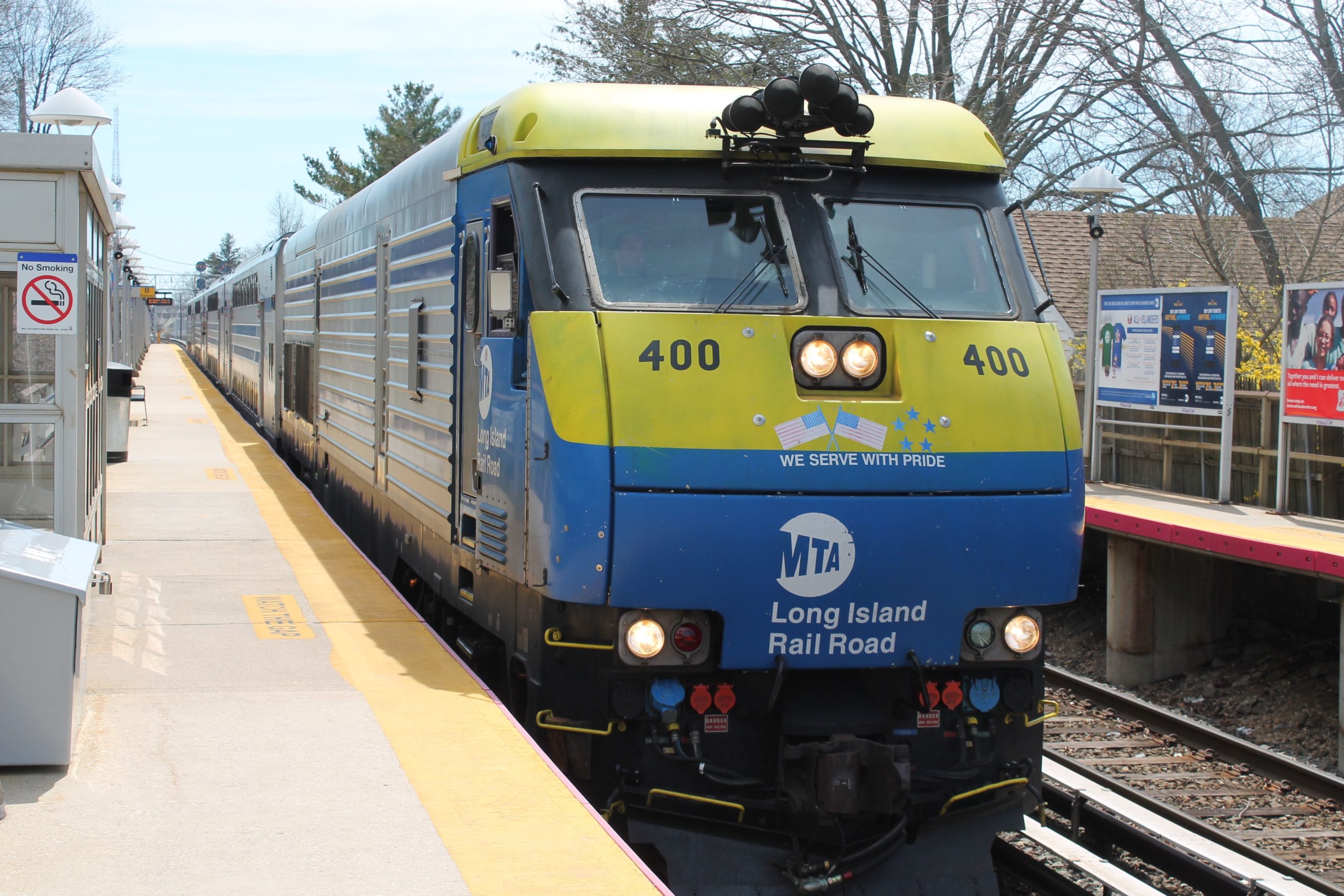On-time performance for the Long Island Rail Road and New York City subways continues to improve, new Metropolitan Transportation Authority statistics show, with on-time ratings rising to levels not seen in more than five years.
Subway on-time performance for April reached 79.8%, according to the MTA, the highest level since October 2013. The LIRR meanwhile recorded a 95.3% on-time rating for April, the highest since 2012, driving this year’s on-time rating so far up to 93.7%.
A train is considered on time if it arrives within six minutes of its scheduled time.
“Month after month we’re making progress in giving our customers the system they deserve, allowing them to spend less time in transit and more time with family, friends and at their careers,” MTA Chairman and CEO Patrick Foye said in a statement last Sunday.
Foye said the improvements could be credited to “an extraordinarily able team heading our agencies,” their work force and “substantial investment from the state and city,” but noted there is still a ways to go.
“We’re seeing real improvements – and know that we still have a long way to go,” Foye said.
Phillip Eng, president of the LIRR, has previously credited on-time improvements to the LIRR Forward plan, which has included switch upgrades, track circuit upgrades, installing high visibility safety delineators and hardening LIRR infrastructure.
Andy Byford, the president of NYC Transit, also said in a statement that the improvements could be credited to increased investments in infrastructure and the workforce. He also highlighted the Save Safe Seconds campaign and Subway Action Plan, both implemented in 2017.
The Subway Action Plan calls for more than $800 million in investments to stabilize and upgrade the subway system through signal and track maintenance, improving train car reliability, and other work.
The Save Safe Seconds plan, meanwhile, focuses on fixing malfunctioning signal timers and increasing the speed of subway trains.
“Despite these gains, I believe the best is yet to come as we continue to improve our operations, re-signal our system, and improve our decades old infrastructure,” Byford said.



